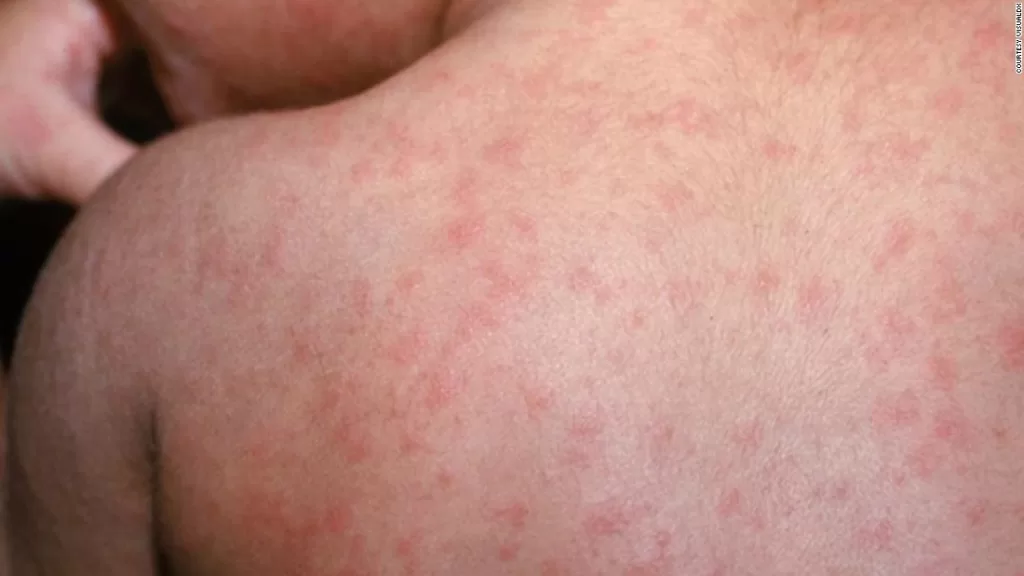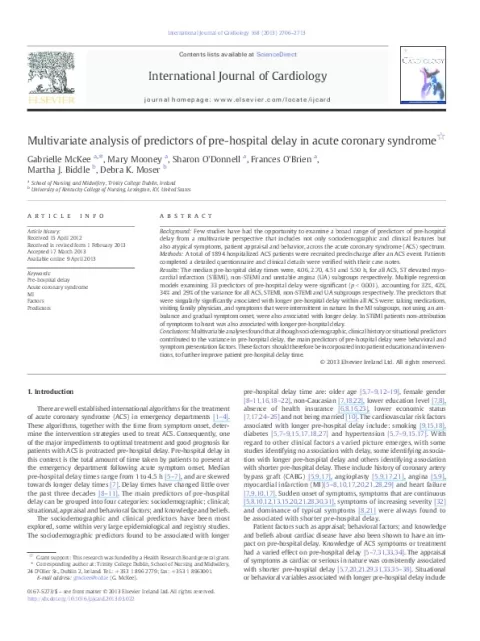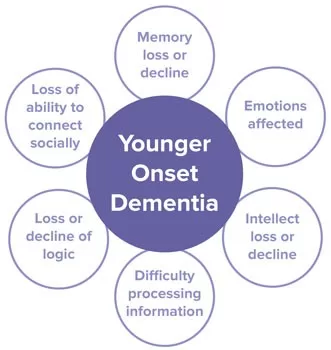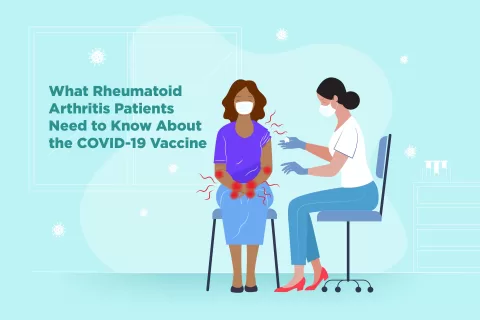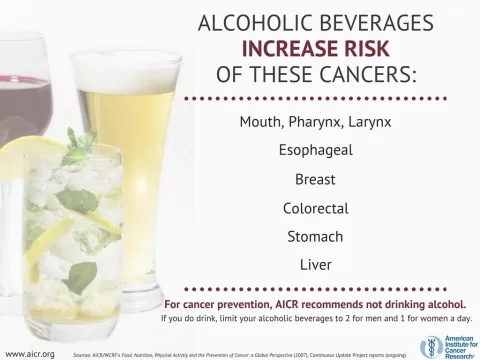Measles exposure in New York has become a pressing concern as health officials alert the public about potential risks. Recently, a confirmed case involved an individual who traveled on Amtrak, leading to warnings issued to passengers regarding possible contamination. The Centers for Disease Control and Prevention (CDC) reports an alarming rise in measles outbreaks nationally, particularly in areas like New York, making it vital to understand measles symptoms. With the highly contagious nature of the virus, individuals are encouraged to consider measles vaccination to protect themselves and others. Staying informed and vigilant is crucial as the CDC continues to monitor measles contagion and the effectiveness of current vaccination efforts.
The recent warnings regarding potential measles exposure in New York highlight the resurgence of this dangerous virus. Confirmed cases have prompted various health agencies to act swiftly and inform the public to mitigate further spread. This situation emphasizes the need for awareness of symptoms associated with measles and the importance of getting vaccinated as a preventive measure. With vaccination being a key strategy in curbing outbreaks, understanding the implications of this contagious illness is more critical than ever. As authorities work to contain the spread, community engagement in health initiatives remains a pivotal element.
Understanding Measles Symptoms: A Comprehensive Overview
Measles, a highly contagious viral infection, presents a range of symptoms that can escalate quickly. Individuals often begin to experience red, inflamed eyes, also known as conjunctivitis. This symptom is particularly concerning as it can lead to severe complications, including childhood blindness, emphasizing the importance of timely vaccinations. Moreover, a dry cough typically accompanies the onset of the illness, stemming from measles being a significant respiratory pathogen. It is crucial for anyone experiencing these signs to seek medical attention promptly.
Another characteristic symptom of measles is a high fever that can reach 104 degrees Fahrenheit or higher. This fever generally appears alongside other symptoms, including a runny nose, which is another common indicator of measles according to the National Foundation of Infectious Diseases. The hallmark of measles, however, is the characteristic rash—red, blotchy spots that can cover large areas of the body. Recognizing these symptoms early can be vital in preventing further contagion and complications.
CDC Measles Report: Current Trends and Insights
The CDC regularly monitors measles outbreaks across the United States, and their latest reports indicate a worrying trend in cases, particularly in New York. As of March 20, 2025, nearly 400 confirmed cases have been reported nationwide, with a significant percentage occurring in New York City and its surrounding areas. The CDC emphasizes that the majority—approximately 95 percent—of these cases involve unvaccinated individuals, highlighting the continued necessity for widespread vaccination to mitigate outbreak risks. Health officials urge families to review their vaccination status to ensure they are protected against this highly contagious virus.
In light of these recent developments, understanding how measles spreads is essential for public health safety. The CDC reports that measles can easily transmit through the air when an infected individual breathes, coughs, or sneezes. This emphasizes the critical need for public awareness regarding the symptoms and preventive measures. The health community is advocating for vigilance in recognizing symptoms early and obtaining the measles vaccination to bolster community immunity levels and prevent further outbreaks.
Measles Exposure in New York: What You Need to Know
Recently, health officials issued warnings about potential measles exposure in New York following a confirmed case involving an Amtrak passenger. This situation serves as a reminder of how quickly measles can spread, particularly in crowded environments like public transportation. The individual diagnosed with measles traveled from New York to Washington D.C. while exhibiting symptoms, prompting Amtrak to contact passengers for immediate health assessments. Those who may have been exposed are advised to monitor for symptoms such as rash and high fever as they may develop within 10 to 12 days after exposure.
If you have traveled on or near the Northeast Regional 175 train, staying informed is crucial. Health officials recommend consulting with healthcare providers for vaccination status and potential exposure follow-up. Knowing the signs of measles is important, as prompt action can make a significant difference in managing exposure risks, protecting vulnerable populations, and curbing the spread of this contagious illness.
The Importance of Measles Vaccination: Protecting Communities
Measles vaccination is not just an individual choice; it’s a community health imperative. Vaccines provide immunity not only to the vaccinated individual but also create herd immunity, protecting those who cannot be vaccinated due to medical reasons. The CDC strongly recommends that children receive their first dose of the measles vaccine between 12 and 15 months of age, followed by a second dose between 4 and 6 years. These vaccinations are crucial in preventing outbreaks, especially in areas like New York that have recently experienced exposure and confirmed cases.
Moreover, the data from the CDC reinforces the necessity of vaccinations in combatting measles. With unvaccinated individuals accounting for the majority of recent cases, health professionals stressing the importance of vaccines highlights a critical measure for public health. By ensuring high vaccination rates, communities can protect their most vulnerable members and significantly reduce the risk of future outbreaks.
Signs of Measles Contagion: How to Stay Safe
Recognizing the signs of measles contagion is vital for public safety, particularly during an outbreak. Measles can be spread by an infected person even before symptoms develop, making early identification challenging. The rapid onset of symptoms, such as coughing, fever, and a rash, can quickly escalate, leading to potential complications. It is essential for individuals who believe they have been exposed to the virus to isolate themselves and contact a healthcare provider for guidance on testing and possible vaccination, particularly if they are unvaccinated.
Preventing the spread of measles also involves educating the community about the transmission of the virus. Infected individuals can contaminate the air for up to two hours after leaving a space, underlining the high level of contagion associated with measles. By understanding how the virus spreads and recognizing the symptoms, individuals can actively contribute to breaking the chain of transmission, ensuring safer environments for themselves and others.
Community Response to Measles Outbreaks: A Joint Effort
Public health responses to measles outbreaks require coordinated efforts between health officials, communities, and individuals. In instances of confirmed cases, health departments work diligently to notify those who may have been exposed and provide guidance on vaccination. This collaborative effort is essential in controlling the outbreak and preventing new cases from arising. Citizens are encouraged to participate in community health initiatives, discuss vaccination options with medical professionals, and spread awareness regarding measles symptoms and prevention.
Furthermore, community engagement is crucial in dispelling myths about vaccines and addressing hesitancy. Health officials are focusing on educating the public about the safety and efficacy of the measles vaccine. Open discussions in community forums can lead to understanding and trust, ultimately increasing vaccination rates and safeguarding against future outbreaks. The proactive involvement of community members can significantly impact public health outcomes and enhance overall community resilience.
Myths and Facts About Measles Vaccination
Misinformation regarding measles vaccinations remains a significant barrier to achieving high immunization rates. Common myths, such as the belief that vaccines pose more risks than benefits, can lead to hesitancy and low vaccination rates. It’s vital to clarify that the measles vaccine is proven to be safe and effective, preventing not only measles but also controlling outbreaks. Thorough studies and reports from credible sources, including the CDC, reinforce the importance of vaccinations in public health.
Fact-based discussions surrounding measles vaccinations can help communities make informed decisions. Health care professionals encourage families to consult reliable sources or discuss concerns with their pediatricians. Education about the benefits of vaccination, such as the prevention of severe complications from measles, can counter myths and highlight the vaccine’s critical role in public health. Spreading accurate information is essential to stop the resurgence of measles and protect future generations.
Recognizing and Responding to Measles Symptoms Promptly
Quick recognition of measles symptoms is vital for both individual and public health. Symptoms usually appear one to two weeks after exposure, and individuals may display signs such as fever, cough, runny nose, or conjunctivitis before developing the widespread rash characteristic of measles. By being vigilant about these symptoms, particularly in situations of known exposure, individuals can seek prompt medical help, which is crucial in managing the infection and minimizing the risk of spread.
Moreover, understanding the specific timelines for symptom development and contagion can assist people in taking appropriate actions without panic. Patients exhibiting symptoms should contact health care professionals and inform them of any known exposure to known measles cases. This proactive approach not only aids in the patient’s treatment process but also protects public health by facilitating swift action against potential outbreaks.
The Role of Health Authorities in Measles Prevention
Health authorities play an essential role in measles prevention and management. Their efforts include monitoring measles outbreaks, providing vaccination education, and facilitating access to healthcare services for vaccinations. The CDC, for instance, actively collects and shares data about measles cases and vaccination rates. These initiatives help to keep communities informed about current health trends and strived to reduce the incidence of measles by promoting vaccination strategies.
In addition to vaccination campaigns, health authorities frequently engage in public awareness efforts to educate individuals about measles symptoms and the importance of immediate medical consultation when they experience possible symptoms. Through community outreach and partnerships with local organizations, health officials can disseminate valuable information, ensuring that the population remains informed and prepared to respond should a measles case arise.
Frequently Asked Questions
What are the symptoms of measles to look for after potential exposure in New York?
After potential exposure to measles in New York, watch for symptoms such as red inflamed eyes, dry cough, high fever, runny nose, and a rash outbreak. These symptoms may appear 7 to 14 days after exposure, making it crucial to monitor your health.
Is there a confirmed measles outbreak currently affecting New York?
Yes, health officials have confirmed a recent measles exposure in New York associated with a passenger who traveled on Amtrak. This has raised concerns about a potential outbreak, emphasizing the importance of the measles vaccination.
How contagious is measles and what precautions should I take in New York?
Measles is highly contagious, spreading easily through the air when an infected person coughs, sneezes, or breathes. If you suspect exposure in New York, it’s important to monitor symptoms and consult with a healthcare provider, especially if you are unvaccinated.
What should I do if I think I was exposed to measles while traveling in New York?
If you think you were exposed to measles while traveling in New York, contact your healthcare provider immediately. They may recommend monitoring for symptoms and possibly receiving the measles vaccination within 72 hours of exposure.
How can I protect myself from measles in New York?
The best way to protect yourself from measles in New York is to ensure you are vaccinated. The MMR vaccine (measles, mumps, and rubella) is highly effective in preventing measles and is recommended for all eligible individuals.
What does the CDC say about recent measles cases in New York?
According to the CDC, as of March 2025, New York has reported nearly 400 confirmed measles cases, primarily among unvaccinated individuals, highlighting the importance of measles vaccination and public awareness.
What should I do if I have measles symptoms after potential exposure in New York?
If you experience measles symptoms after potential exposure in New York, such as fever or rash, stay home and avoid contact with others. Seek medical attention and inform your healthcare provider about your recent exposure.
| Key Point | Details |
|---|---|
| Measles Exposure Alert | Health officials warn of potential exposure to measles in New York due to a contagious passenger traveling on Amtrak. |
| Travel Details | The infected individual traveled from New York to Washington D.C. |
| Symptoms of Measles | Top symptoms include red inflamed eyes, dry cough, high fever, runny nose, rash outbreak, dehydration, ear infections, diarrhea, and pneumonia. |
| Train Affected | The individual was aboard Amtrak Northeast Regional 175 Train. |
| Precautionary Actions | Amtrak is notifying passengers of their potential exposure to measles. |
| Vaccination Importance | Doctors emphasize vaccination to prevent measles, which is highly contagious. |
| CDC Statistics | As of March 20, 2025, nearly 400 confirmed cases of measles reported, with significant numbers in New York. |
Summary
Measles exposure in New York is a significant public health concern following a confirmed case involving a passenger on an Amtrak train. This highly contagious illness highlights the importance of vaccination and awareness of symptoms. Individuals who traveled recently or are experiencing measles symptoms, such as fever and rash, should contact health officials immediately for guidance. Taking precautionary measures is essential to prevent further spread of the disease.
The content provided on this blog (e.g., symptom descriptions, health tips, or general advice) is for informational purposes only and is not a substitute for professional medical advice, diagnosis, or treatment. Always seek the guidance of your physician or other qualified healthcare provider with any questions you may have regarding a medical condition. Never disregard professional medical advice or delay seeking it because of something you have read on this website. If you believe you may have a medical emergency, call your doctor or emergency services immediately. Reliance on any information provided by this blog is solely at your own risk.



